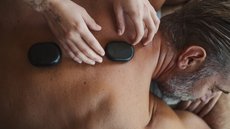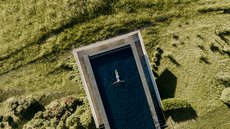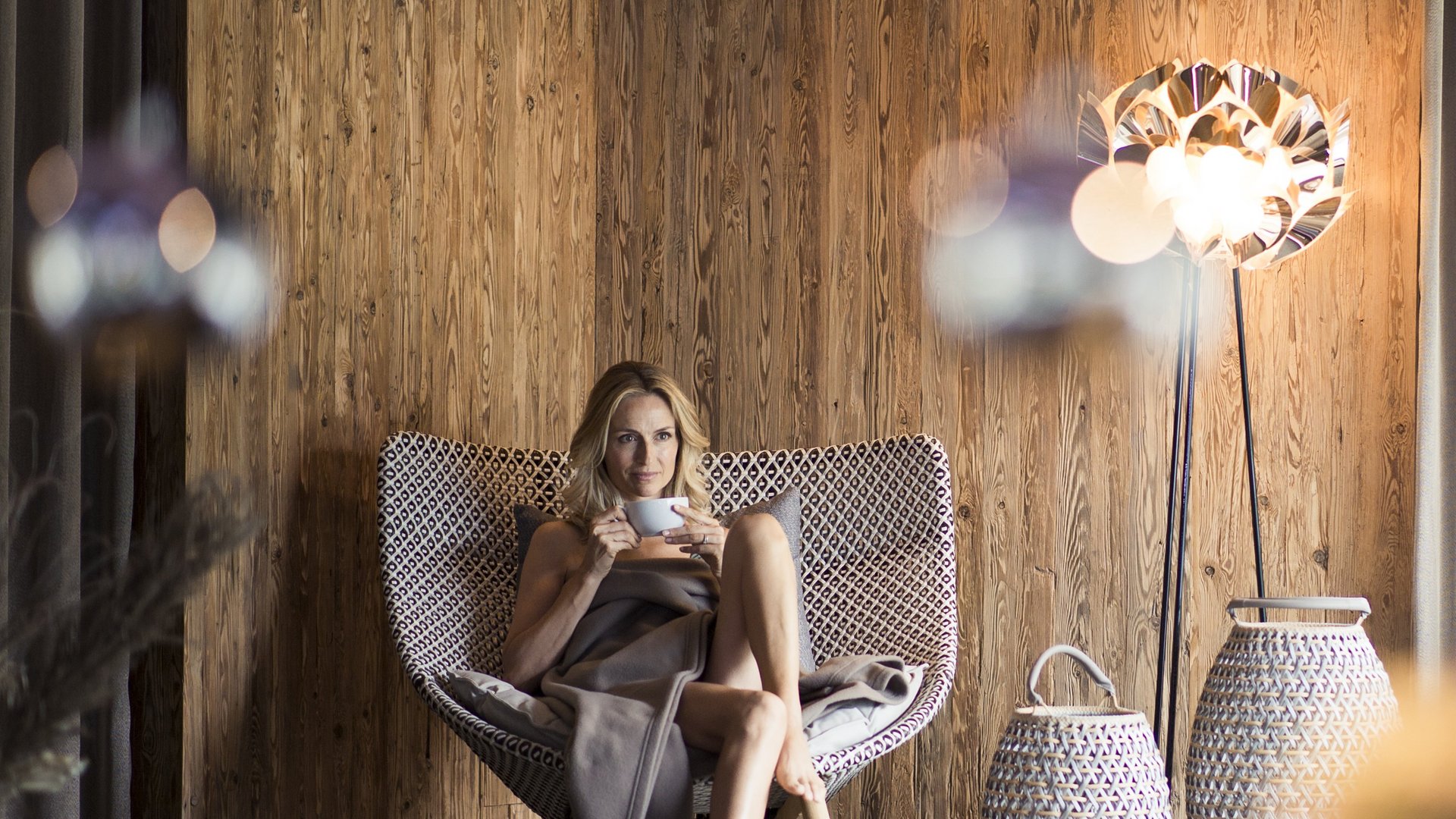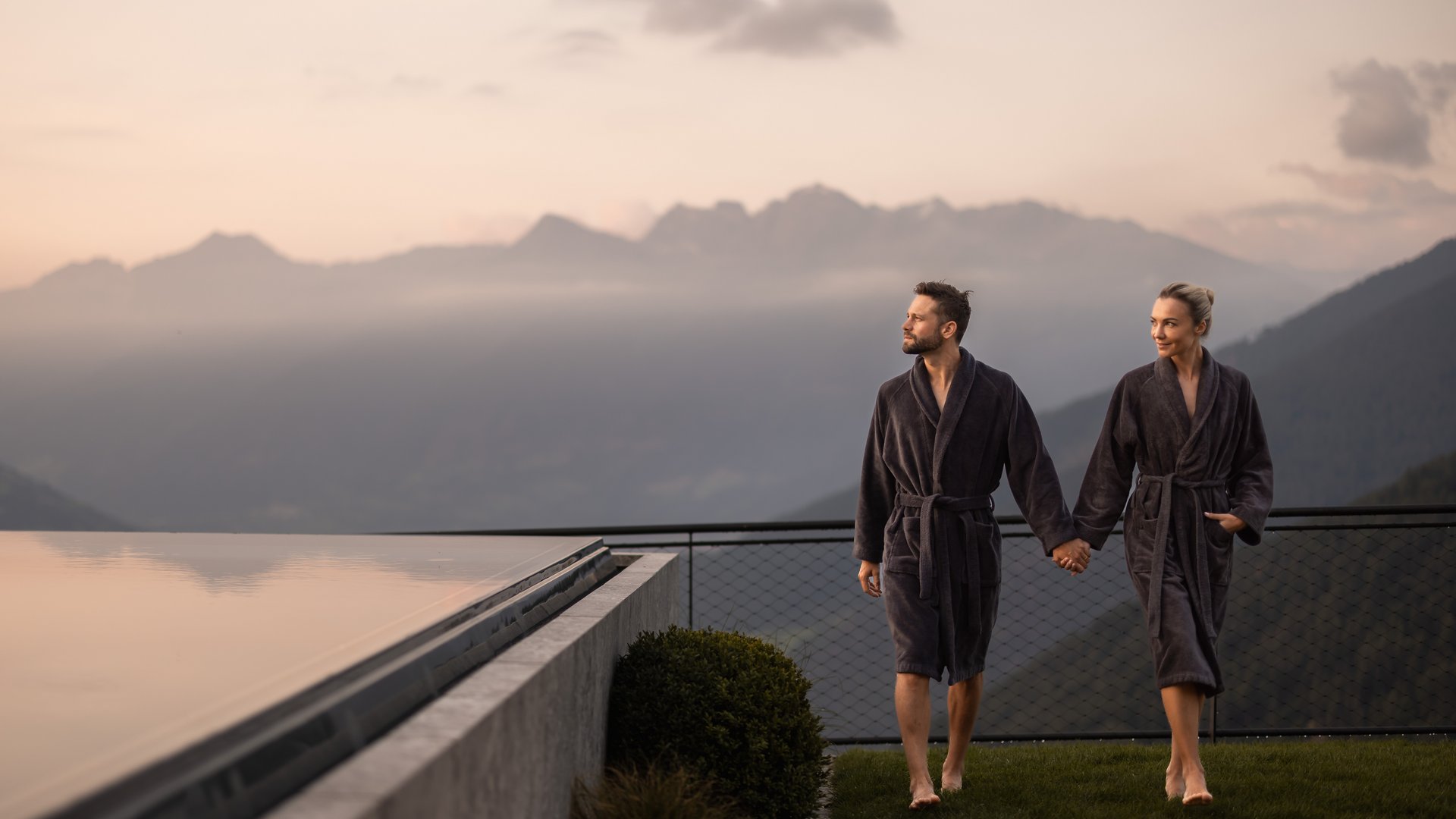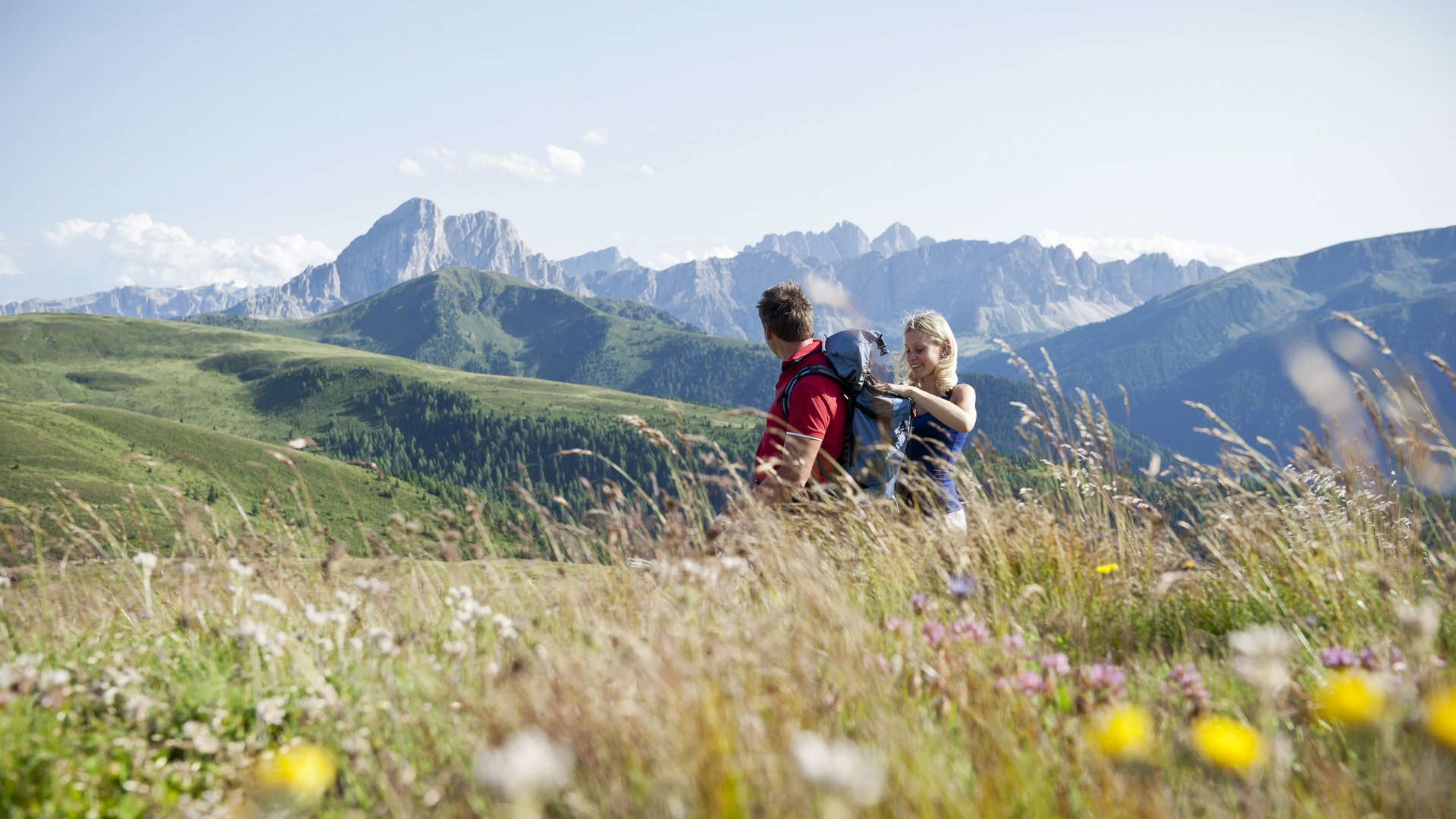Reiki:
restoring the flow of life energy
The popular Japanese energy healing practice
You may have heard of Reiki before, but do you know what it is? Developed in the early 20th century by Japanese priest Mikao Usui, Reiki is an energy-based healing practice rooted in ancient Japanese techniques. Drawing inspiration from Buddhist and Taoist traditions and meditation, it uses the laying on of hands to support the body’s natural healing process. The word “Reiki” combines two Japanese characters: rei (meaning “spirit” or “soul”) and ki (meaning “life energy”), perfectly encapsulating its focus on channelling universal energy to nurture balance and well-being.
What happens during a Reiki session?
How can Reiki benefit you?




